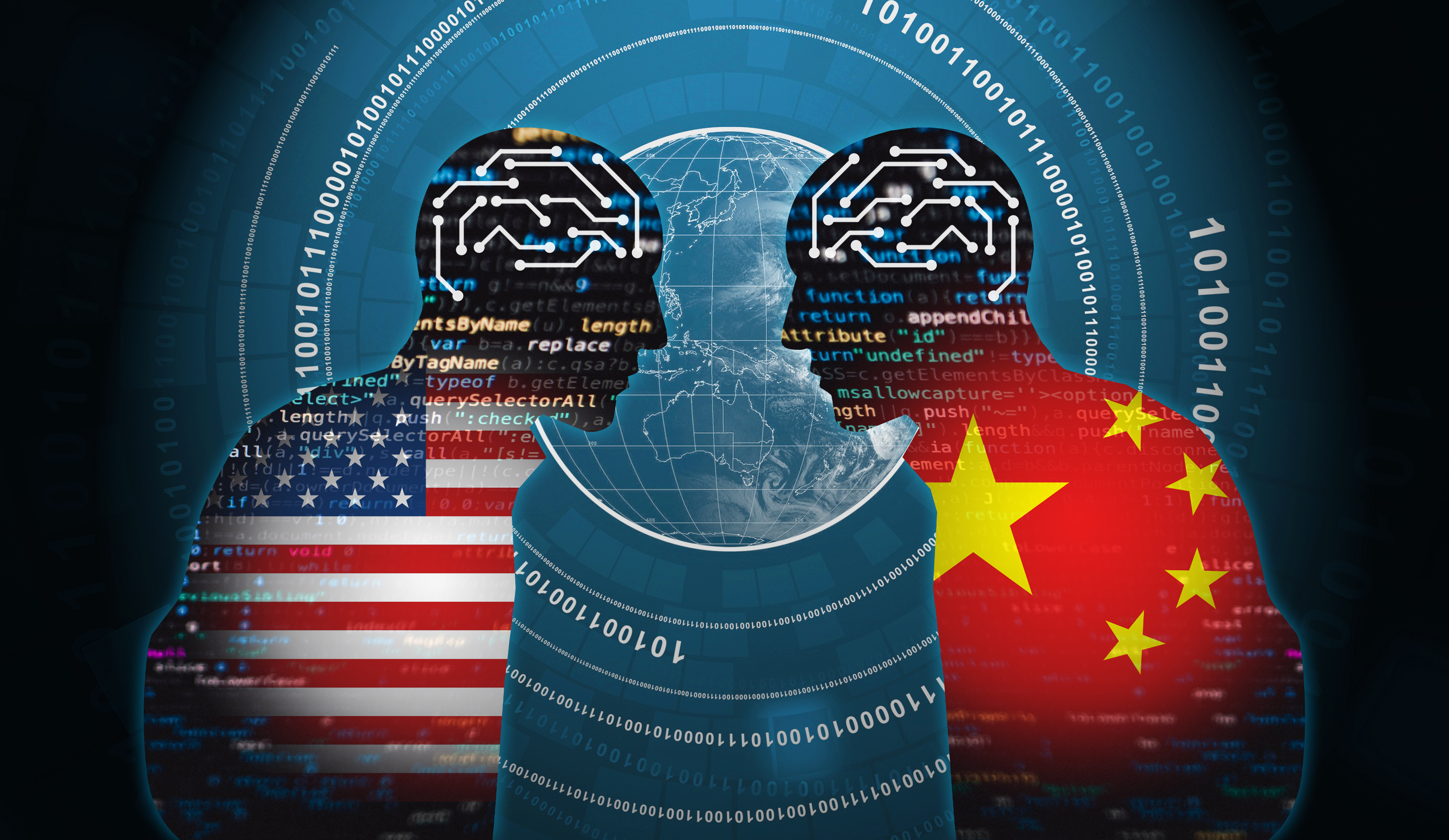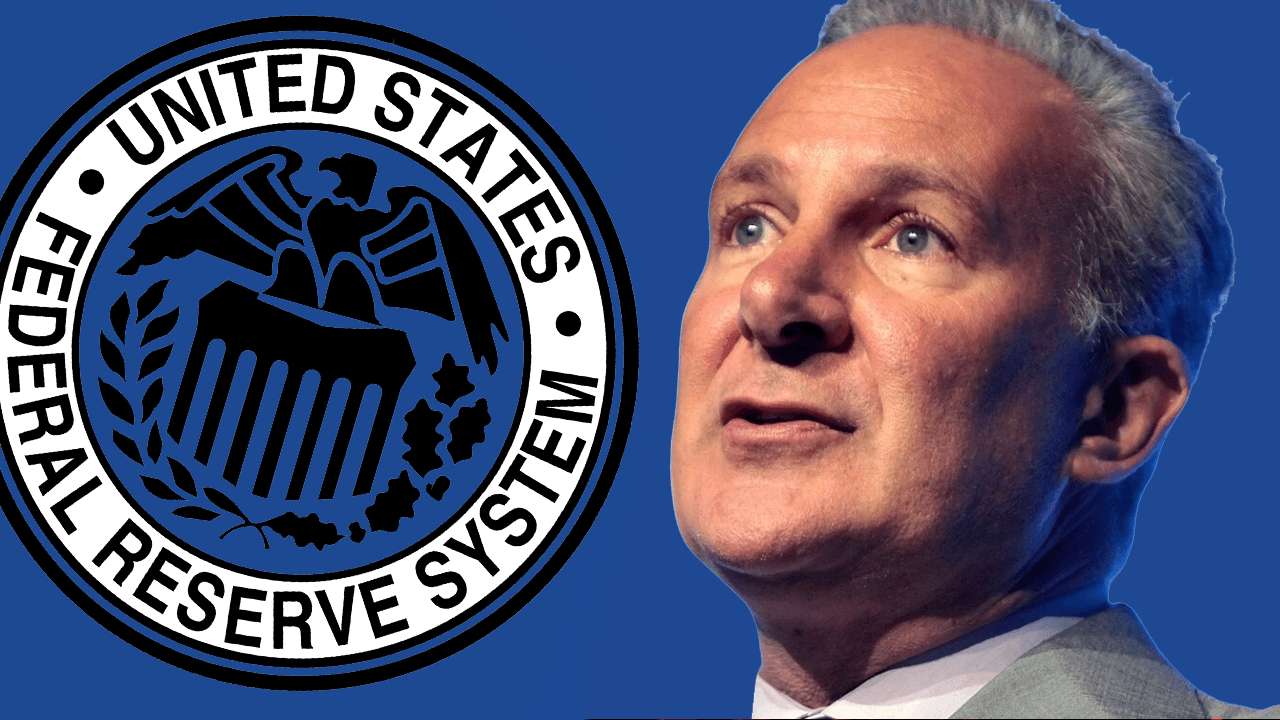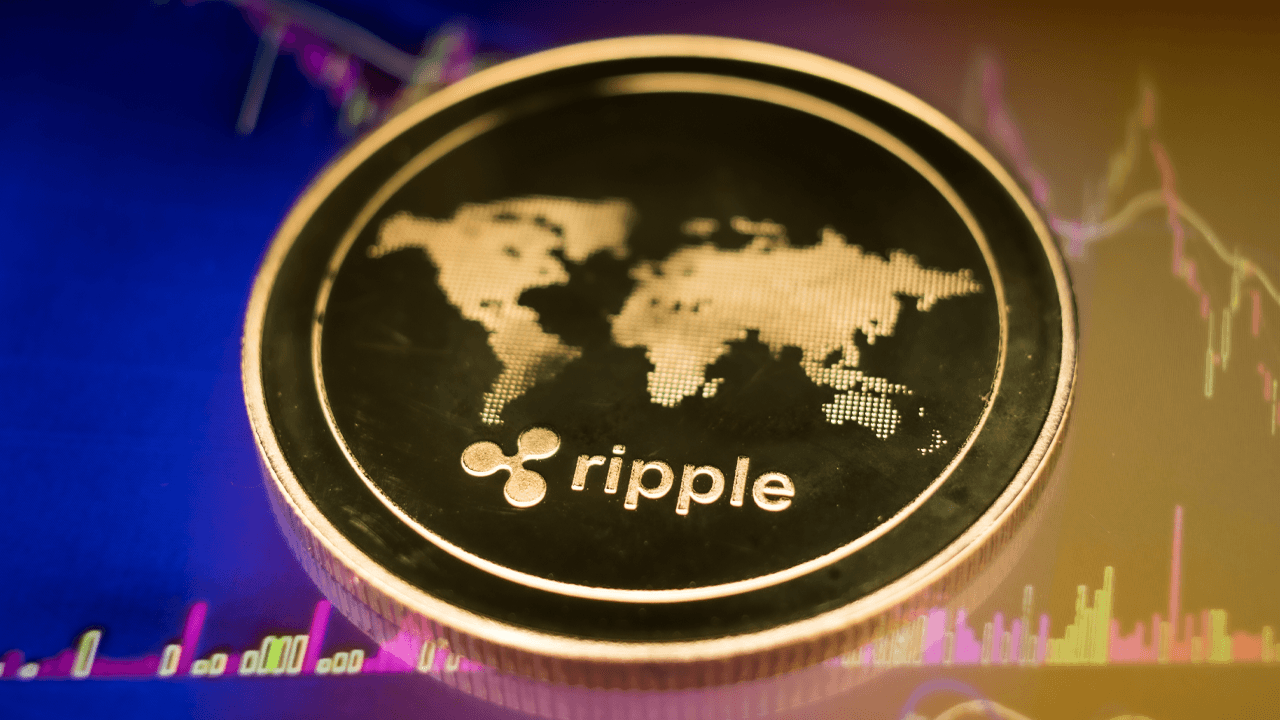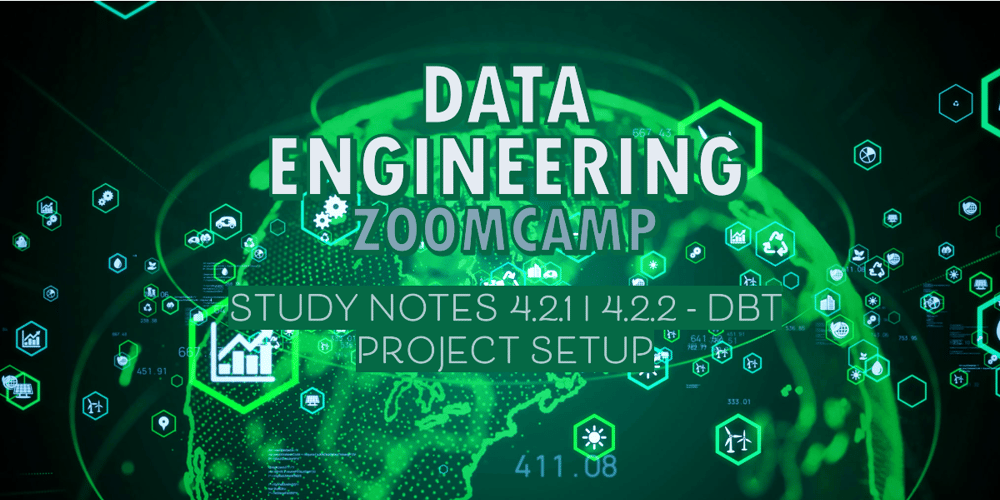AI in Peer-to-Peer Lending: A New Era of Fairness and Efficiency
Imagine a world where borrowers and lenders connect directly, bypassing traditional financial institutions and the complexities of conventional lending processes. This is the essence of peer-to-peer (P2P) lending, a financial innovation that has gained momentum over the past decade. As the P2P lending landscape continues to evolve, artificial intelligence (AI) is stepping in to enhance efficiency, promote fairness, and transform the way individuals and businesses access funds. With AI's ability to analyze data, assess risk, and personalize offerings, this new era of lending is characterized by transparency, speed, and improved borrower experiences. This blog explores the intersection of AI and P2P lending, highlighting its impact on fairness and efficiency through real-world examples and data. Understanding Peer-to-Peer Lending What is Peer-to-Peer Lending? Peer-to-peer lending connects individual borrowers directly with individual lenders, typically facilitated by online platforms. This approach eliminates traditional banks as intermediaries, allowing for lower interest rates for borrowers and higher returns for lenders. According to a report by Statista, the global P2P lending market was valued at approximately $67.93 billion in 2021 and is projected to reach $560.49 billion by 2028, demonstrating the significant growth potential of this model. How Does P2P Lending Work? In a typical P2P lending transaction, a borrower submits a loan application on a lending platform. The platform evaluates the application using algorithms and data analytics to determine the borrower’s creditworthiness. Once approved, the loan request is posted on the platform, allowing potential lenders to fund the loan partially or fully. Borrowers repay the loan with interest over an agreed-upon term, and lenders receive their returns as repayments are made. The Role of AI in Peer-to-Peer Lending Enhancing Credit Scoring Traditional credit scoring models often rely on limited data, leading to biased outcomes and excluding many potential borrowers. AI-driven credit scoring, on the other hand, uses a broader range of data points to evaluate creditworthiness more accurately. This approach helps identify creditworthy individuals who may not have access to traditional financing options. Example: Platforms like Upstart utilize AI algorithms that analyze various factors, including education, employment history, and even social media activity, to assess creditworthiness. According to Upstart, their AI-driven approach has led to a 27% lower default rate compared to traditional credit scoring models, making lending more inclusive and fair. Risk Assessment and Management AI's ability to analyze vast amounts of data in real-time enables P2P lending platforms to better assess risk. By using machine learning models, platforms can predict borrower behavior and potential defaults more accurately. This predictive capability helps lenders make informed decisions while managing risk effectively. Example: LendingClub, one of the pioneers in P2P lending, employs machine learning models to evaluate risk. Their algorithm considers various data points, including borrower credit scores, debt-to-income ratios, and employment status, to provide lenders with detailed risk assessments. This data-driven approach helps protect lenders' investments while offering fair rates to borrowers. Streamlining the Lending Process AI can significantly streamline the lending process by automating routine tasks, reducing the time it takes to approve loans. With AI-driven systems, P2P lending platforms can expedite application processing, enabling borrowers to receive funds faster. Example: Funding Circle uses AI to automate loan underwriting, significantly reducing approval times. The platform claims that borrowers can receive funding in as little as 24 hours, compared to weeks with traditional banks. This efficiency not only benefits borrowers but also enhances the overall user experience, making P2P lending a more attractive option. Promoting Fairness in Lending Eliminating Bias in Lending One of the most significant challenges in traditional lending is the potential for bias in decision-making. AI can help mitigate this issue by using objective data-driven assessments rather than relying solely on human judgment, which can be influenced by biases. Example: Kiva, a non-profit P2P lending platform, utilizes AI to assess borrowers from underserved communities worldwide. By focusing on data and eliminating human biases, Kiva aims to ensure that all borrowers, regardless of their background, have equal access to funding opportunities. This commitment to fairness is reflected in their mission to empower underserved entrepreneurs. Personalized Loan Offerings AI enables P2P lending platforms to offer personalized loan products tailored to individual borrower needs. By analyzing borrowers' financial histories and preferences,

Imagine a world where borrowers and lenders connect directly, bypassing traditional financial institutions and the complexities of conventional lending processes. This is the essence of peer-to-peer (P2P) lending, a financial innovation that has gained momentum over the past decade. As the P2P lending landscape continues to evolve, artificial intelligence (AI) is stepping in to enhance efficiency, promote fairness, and transform the way individuals and businesses access funds.
With AI's ability to analyze data, assess risk, and personalize offerings, this new era of lending is characterized by transparency, speed, and improved borrower experiences. This blog explores the intersection of AI and P2P lending, highlighting its impact on fairness and efficiency through real-world examples and data.
Understanding Peer-to-Peer Lending
What is Peer-to-Peer Lending?
Peer-to-peer lending connects individual borrowers directly with individual lenders, typically facilitated by online platforms. This approach eliminates traditional banks as intermediaries, allowing for lower interest rates for borrowers and higher returns for lenders. According to a report by Statista, the global P2P lending market was valued at approximately $67.93 billion in 2021 and is projected to reach $560.49 billion by 2028, demonstrating the significant growth potential of this model.
How Does P2P Lending Work?
In a typical P2P lending transaction, a borrower submits a loan application on a lending platform. The platform evaluates the application using algorithms and data analytics to determine the borrower’s creditworthiness. Once approved, the loan request is posted on the platform, allowing potential lenders to fund the loan partially or fully. Borrowers repay the loan with interest over an agreed-upon term, and lenders receive their returns as repayments are made.
The Role of AI in Peer-to-Peer Lending
Enhancing Credit Scoring
Traditional credit scoring models often rely on limited data, leading to biased outcomes and excluding many potential borrowers. AI-driven credit scoring, on the other hand, uses a broader range of data points to evaluate creditworthiness more accurately. This approach helps identify creditworthy individuals who may not have access to traditional financing options.
Example:
Platforms like Upstart utilize AI algorithms that analyze various factors, including education, employment history, and even social media activity, to assess creditworthiness. According to Upstart, their AI-driven approach has led to a 27% lower default rate compared to traditional credit scoring models, making lending more inclusive and fair.
Risk Assessment and Management
AI's ability to analyze vast amounts of data in real-time enables P2P lending platforms to better assess risk. By using machine learning models, platforms can predict borrower behavior and potential defaults more accurately. This predictive capability helps lenders make informed decisions while managing risk effectively.
Example:
LendingClub, one of the pioneers in P2P lending, employs machine learning models to evaluate risk. Their algorithm considers various data points, including borrower credit scores, debt-to-income ratios, and employment status, to provide lenders with detailed risk assessments. This data-driven approach helps protect lenders' investments while offering fair rates to borrowers.
Streamlining the Lending Process
AI can significantly streamline the lending process by automating routine tasks, reducing the time it takes to approve loans. With AI-driven systems, P2P lending platforms can expedite application processing, enabling borrowers to receive funds faster.
Example:
Funding Circle uses AI to automate loan underwriting, significantly reducing approval times. The platform claims that borrowers can receive funding in as little as 24 hours, compared to weeks with traditional banks. This efficiency not only benefits borrowers but also enhances the overall user experience, making P2P lending a more attractive option.
Promoting Fairness in Lending
Eliminating Bias in Lending
One of the most significant challenges in traditional lending is the potential for bias in decision-making. AI can help mitigate this issue by using objective data-driven assessments rather than relying solely on human judgment, which can be influenced by biases.
Example:
Kiva, a non-profit P2P lending platform, utilizes AI to assess borrowers from underserved communities worldwide. By focusing on data and eliminating human biases, Kiva aims to ensure that all borrowers, regardless of their background, have equal access to funding opportunities. This commitment to fairness is reflected in their mission to empower underserved entrepreneurs.
Personalized Loan Offerings
AI enables P2P lending platforms to offer personalized loan products tailored to individual borrower needs. By analyzing borrowers' financial histories and preferences, platforms can recommend suitable loan products that meet their specific requirements.
Example:
Prosper, a leading P2P lending platform, employs AI algorithms to personalize loan offerings. Their system assesses borrowers' financial behaviors and preferences to suggest loans with terms and rates that align with their needs. This tailored approach improves borrower satisfaction and encourages responsible borrowing.
The Impact of AI on Efficiency
Speeding Up Decision-Making
AI's ability to analyze data in real-time significantly speeds up decision-making processes in P2P lending. Instead of relying on lengthy manual reviews, AI algorithms can quickly evaluate applications and provide instant decisions.
Example:
Peerform, a P2P lending platform, uses AI to automate loan approvals. Their system can assess applications and provide decisions in minutes, drastically reducing waiting times for borrowers. This efficiency is particularly beneficial for individuals in urgent need of funds, enhancing the overall appeal of P2P lending.
Improving Operational Efficiency
AI also enhances operational efficiency by automating administrative tasks and reducing the workload on human employees. This automation allows P2P lending platforms to focus on higher-value activities, such as improving customer service and developing new products.
Example:
Zopa, a UK-based P2P lending platform, has implemented AI to automate customer service inquiries. By using chatbots and virtual assistants, Zopa can address common questions and concerns, freeing up human staff to handle more complex issues. This shift improves efficiency and enhances the customer experience.
Real-Time Analytics for Better Decision-Making
AI-driven analytics provide P2P lending platforms with real-time insights into market trends, borrower behavior, and loan performance. These insights enable platforms to make data-informed decisions, optimize their offerings, and adapt to changing market conditions.
Example:
Avant, a digital lending platform, uses AI to analyze real-time data to refine its lending strategies. By monitoring borrower behavior and market dynamics, Avant can adjust its risk models and lending criteria, ensuring they remain competitive and responsive to market shifts.
Challenges and Considerations
Data Privacy and Security
As P2P lending platforms increasingly rely on AI and data analytics, concerns about data privacy and security have come to the forefront. Ensuring that borrowers' personal and financial information is protected is paramount for maintaining trust in the lending process.
Algorithmic Bias
While AI has the potential to reduce bias in lending decisions, algorithmic bias remains a concern. If AI algorithms are trained on biased data, they may perpetuate existing inequalities. P2P lending platforms must actively monitor and adjust their algorithms to ensure fair lending practices.
Regulatory Compliance
The P2P lending landscape is subject to regulatory scrutiny, and compliance with relevant laws and regulations is crucial. As AI technologies evolve, regulatory frameworks must adapt to ensure consumer protection and fair lending practices.
The Future of AI in Peer-to-Peer Lending
Continued Growth and Innovation
The integration of AI in P2P lending is expected to grow, with more platforms adopting advanced technologies to enhance their services. According to a report by Research And Markets, the global P2P lending market is anticipated to grow at a CAGR of 29.7% from 2022 to 2027, indicating a bright future for AI-driven lending solutions.
Enhanced User Experiences
As competition in the P2P lending space intensifies, platforms will increasingly focus on enhancing user experiences. AI will play a crucial role in creating personalized, seamless interactions for borrowers and lenders alike, ensuring that the lending process remains efficient and user-friendly.
AI-driven P2P lending has the potential to enhance financial inclusion by providing access to credit for underserved populations. As platforms adopt more sophisticated risk assessment models, individuals who were previously excluded from traditional lending can find opportunities to secure loans.
Collaboration Between Humans and AI
The future of P2P lending will likely involve a collaborative approach between humans and AI. While AI can handle data analysis and decision-making, human expertise will remain essential for understanding borrower needs and fostering relationships.
Conclusion: Embracing the Future of P2P Lending
Artificial intelligence is ushering in a new era of fairness and efficiency in peer-to-peer lending. By enhancing credit scoring, streamlining processes, and promoting transparency, AI is transforming how borrowers and lenders interact. As P2P lending continues to grow, the role of AI will be pivotal in ensuring that this innovative financial model remains accessible, efficient, and fair.
With the global P2P lending market projected to reach remarkable heights in the coming years, embracing AI-driven solutions will be critical for platforms aiming to stay competitive. By prioritizing fairness, efficiency, and user experience, P2P lending can evolve into a truly inclusive financial ecosystem that empowers individuals and fosters economic growth.






















































.jpg)





















































































































![[The AI Show Episode 144]: ChatGPT’s New Memory, Shopify CEO’s Leaked “AI First” Memo, Google Cloud Next Releases, o3 and o4-mini Coming Soon & Llama 4’s Rocky Launch](https://www.marketingaiinstitute.com/hubfs/ep%20144%20cover.png)


















































































































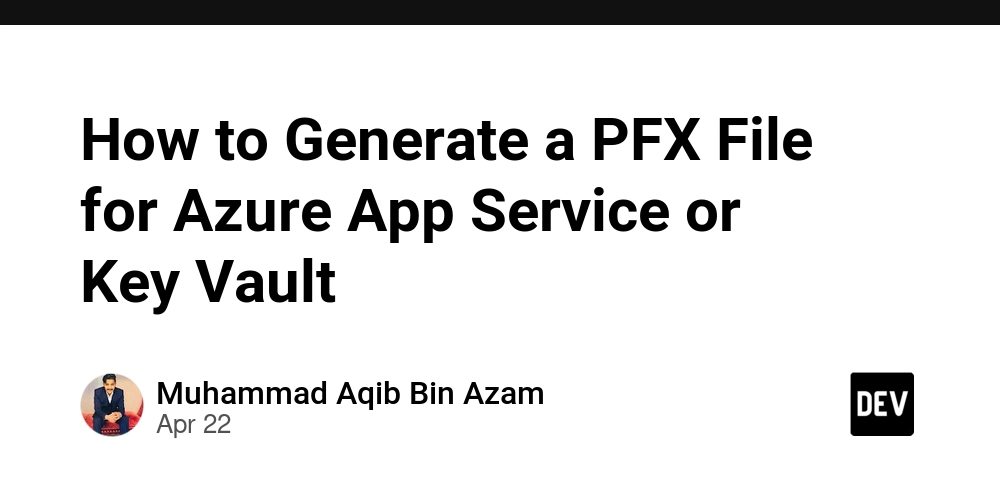





































![BPMN-procesmodellering [closed]](https://i.sstatic.net/l7l8q49F.png)

























































































-All-will-be-revealed-00-35-05.png?width=1920&height=1920&fit=bounds&quality=70&format=jpg&auto=webp#)
-All-will-be-revealed-00-17-36.png?width=1920&height=1920&fit=bounds&quality=70&format=jpg&auto=webp#)
-Jack-Black---Steve's-Lava-Chicken-(Official-Music-Video)-A-Minecraft-Movie-Soundtrack-WaterTower-00-00-32_lMoQ1fI.png?width=1920&height=1920&fit=bounds&quality=70&format=jpg&auto=webp#)

























_Weyo_alamy.png?width=1280&auto=webp&quality=80&disable=upscale#)















































































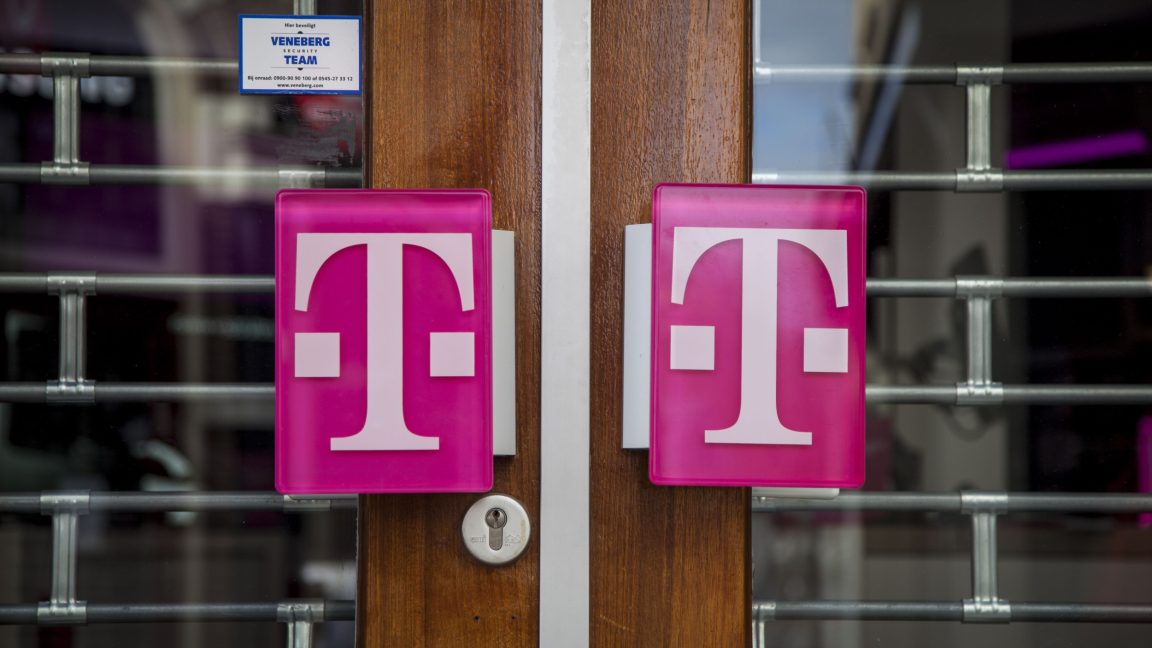












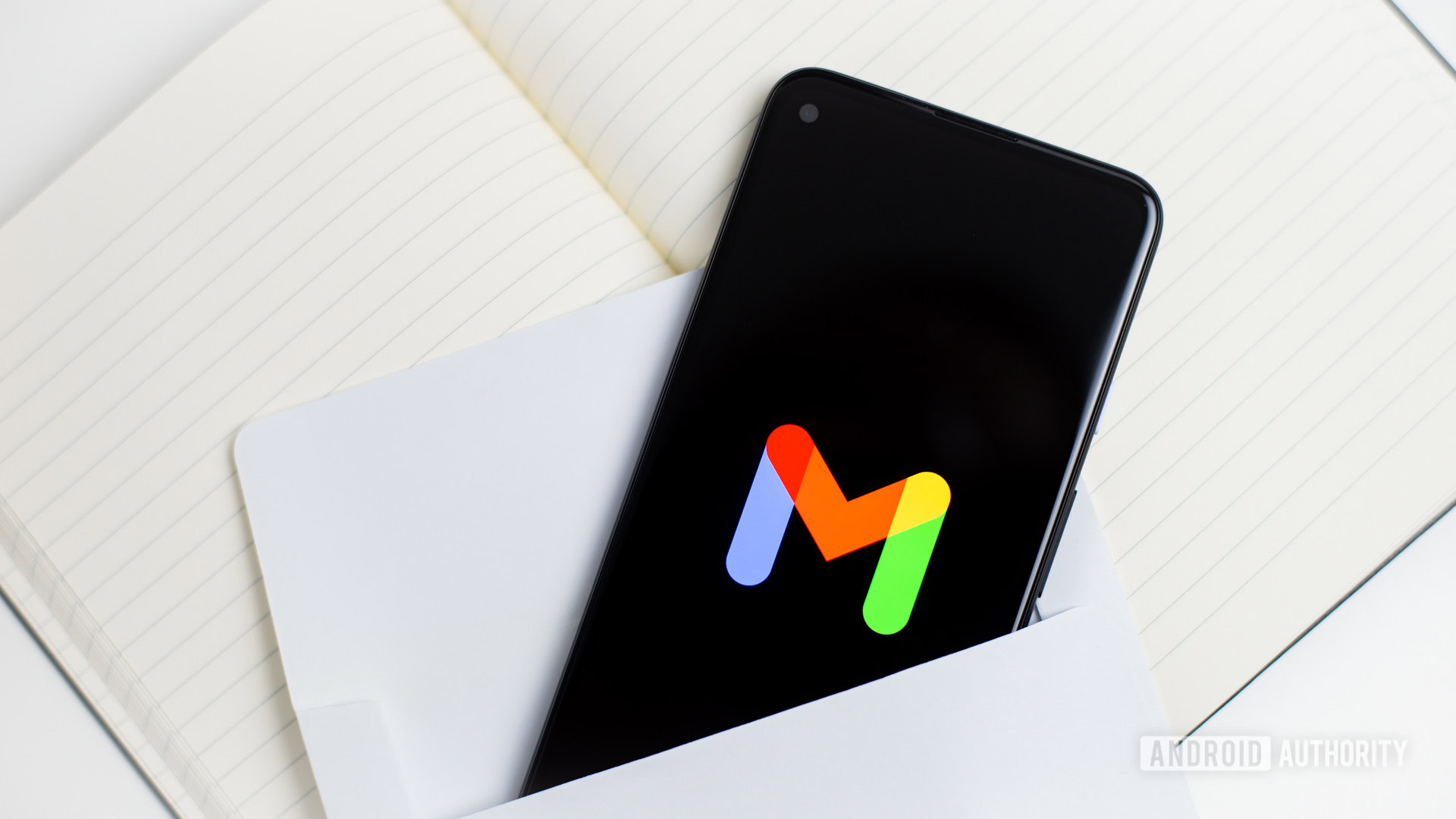

![What iPhone 17 model are you most excited to see? [Poll]](https://9to5mac.com/wp-content/uploads/sites/6/2025/04/iphone-17-pro-sky-blue.jpg?quality=82&strip=all&w=290&h=145&crop=1)

















![Hands-On With 'iPhone 17 Air' Dummy Reveals 'Scary Thin' Design [Video]](https://www.iclarified.com/images/news/97100/97100/97100-640.jpg)
![Mike Rockwell is Overhauling Siri's Leadership Team [Report]](https://www.iclarified.com/images/news/97096/97096/97096-640.jpg)
![Instagram Releases 'Edits' Video Creation App [Download]](https://www.iclarified.com/images/news/97097/97097/97097-640.jpg)
![Inside Netflix's Rebuild of the Amsterdam Apple Store for 'iHostage' [Video]](https://www.iclarified.com/images/news/97095/97095/97095-640.jpg)















